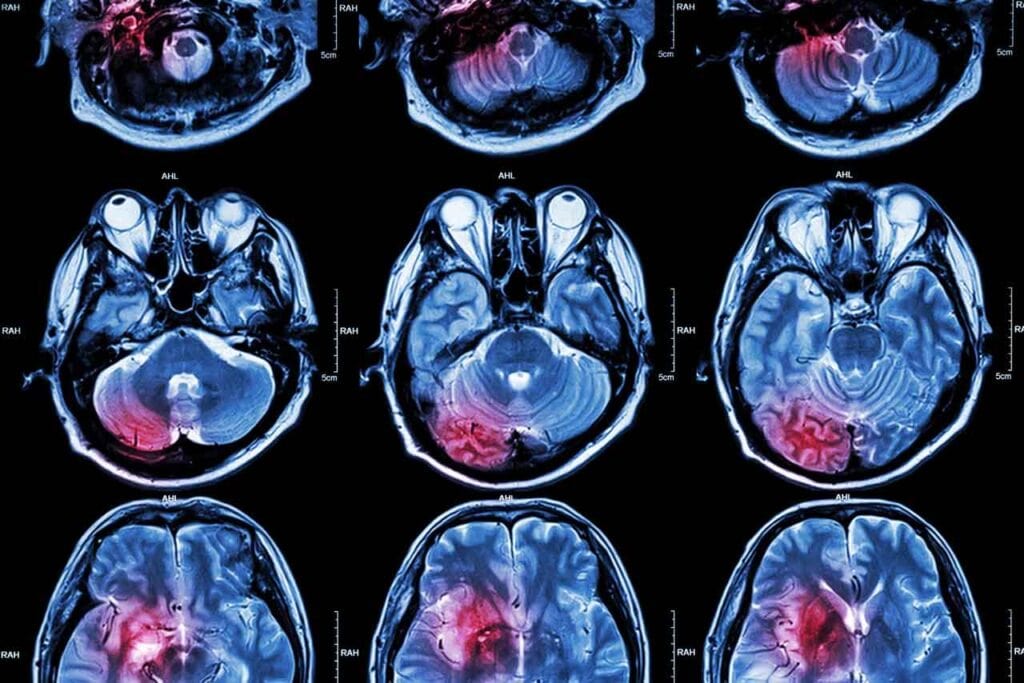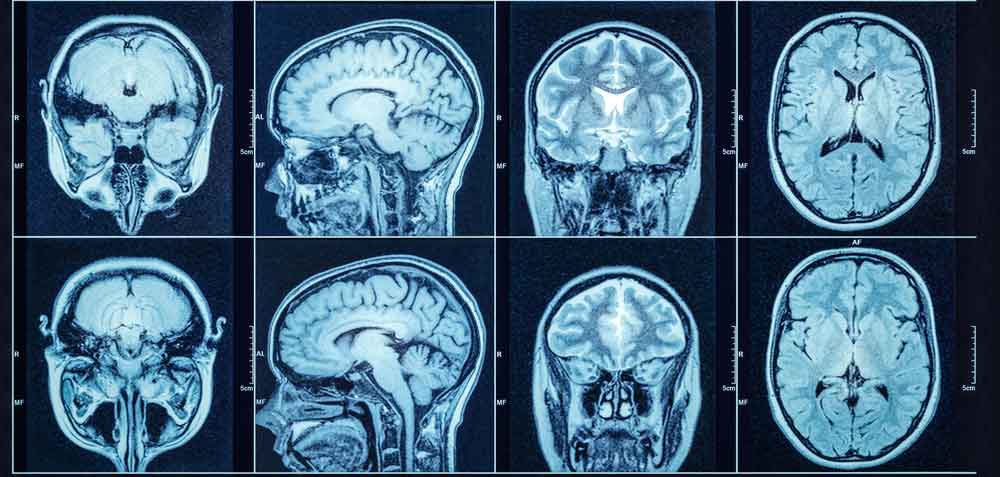Platelet-rich plasma (PRP) is rich in many growth factors involved in the repair process after injury of the central nervous system, which consists of the brain and spinal cord. One study examined the ability of PRP to promote neural tissue growth and determine which growth factors are responsible for this growth. This study suggests that PRP supplementation promotes axonal nerve growth, mainly through mechanisms related to growth factors known as IGF-1 (insulin-like growth factor 1) and VEGF (vascular endothelial growth factor).
It is becoming increasingly clear that the interaction between the peripheral immune system and the central nervous system is critical in maintaining healthy brain function. Platelets are small blood cells traditionally known for their part in wound healing.
PRP utilises its own natural elements without adding external products. During treatment, a small blood sample is taken and centrifuged for approximately 5 minutes to separate plasma from other blood particles. Platelet-rich plasma is then injected into the treatment area to stimulate the production of collagen and elastin.
PRP therapy is very safe because it uses your own natural components, and it is not a new treatment. Since the 1970s, it has been used in hospitals and sports medicine for its effective wound-healing properties.

FOR BRAIN INJURIES
- Regeneration of brain collagen (the protein that gives strength and structure).
- Stem cell activation and targeting (cell regeneration and differentiation)
- Increased angiogenesis (developing of new blood vessels)
- Reduce inflammation (increase brain function)
- Decrease in amyloid protein (leading to memory loss)
Results may vary. does not guarantee specific results.
TREATMENT OF BRAIN INJURIES WITH PRP
To help patients suffering from brain injuries, doctors have come up with a combination of plasma and platelet-rich insulin. Insulin is essential for the proper cognitive function of the brain and the regulation of blood sugar. However, insulin cannot be taken orally or by injection. This is because insulin can lower blood sugar levels in the body.
To avoid this risk, doctors prescribe a mixture of drugs through the nasal cavity so that it passes through the sevenfold cribriform plate in the brain. This is where PRP enters into the brain, spinal fluid and brain to regenerate nerve damage. Tests have shown that insulin and the PRP combination used in PRP therapy for encephalitis work in the central nervous system. This action persists for several hours after the first administration.

PRP treatment of encephalitis causes multiple functions in the brain and central nervous system
- Collagen regeneration in the brain, a type of protein that strengthens and builds.
- Reduces the amount of amyloid protein that leads to memory loss.
- Stimulates the formation of new blood vessels.
- Reduce inflammation in the brain, impairing its function.
- Targets and activates stem cells to promote regeneration and differentiation.
The preliminary results regarding the treatment of PRP encephalitis are interesting, although more research and studies are needed. These findings may open up new methods to repair brain damage and help patients.
To recover from brain injuries through PRP treatment, visit Specialty Care Clinics.
